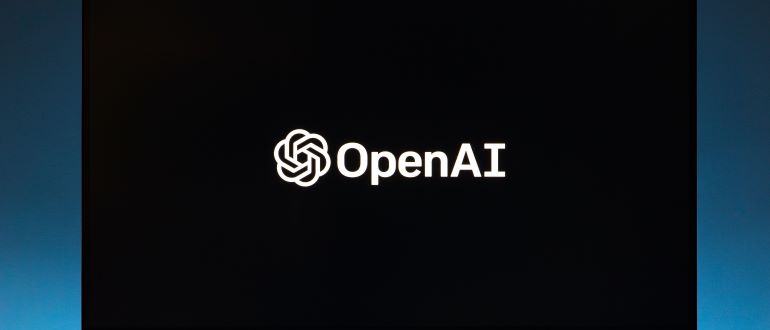
With the dust settling after the tumultuous firing and rehiring of CEO Sam Altman, OpenAI appears ready to finally open its much-talked-about but delayed GPT custom apps store sometime the week of January 8.
Company executives in early November 2023 unveiled a platform that would allow users to easily create custom generative AI agents based on its GPT-4 large-language model.
The platform also includes an interface to build users through the steps necessary for creating these versions, which the company calls GPTs.
Included in that announcement was the promise that an online GPT store for making these custom GPTs available in a mobile device-like fashion would be available later that month.
Internal Conflicts Delay Opening
However, around that time OpenAI was rocked by an organizational shakeup that included Altman, one of its co-founders and its high-profile top executive – being fired by the board of directors, a situation that lasted only days but included other executives resigning and threats from most employees of quitting.
The situation caused a lot of alarm inside the company as well as throughout the tech industry, given OpenAI’s prominent place in a rapidly evolving generated AI space that it helped accelerate with the release in November 2022 of ChatGPT.
Altman eventually was rehired – along with other executives who had resigned – and the board was overhauled.
Lost in all the commotion was the GPT Store, whose opening was put on hold.
Coming Soon
However, OpenAI sent an email to some users who already had built and launched custom GPTs that the store will open sometime next week. It wasn’t specific about which day and OpenAI is responding to media inquiries with promises of more information coming next week.
The email was fairly short, telling users that they needed to verify their builder profile and publish their GPT as “public” – “GPTs with ‘Anyone with a link’ selected will not be shown in the store,” the email said – and links to the company’s usage policies and GPT brand guidelines.
The platform for designing these custom GPTs will only be available to ChatGPT Plus and enterprise users. They’ve been able to create custom GPTs since soon after the ability was announced at OpenAI’s DevDay developer conference and could share them with others. However, with the GPT Store, they will have a way to publicly list their GPTs and make money off of them.
These custom GPTs require no coding and can be about whatever the developer wants, tailored to the needs of individuals or businesses and can be as complex or simple as needed. In the days following the announcement of custom GPTs, examples that arose included ones that act as IT consultants, discuss geopolitics, talk about weather, review cooking recipes, help create SEO-optimized articles and dole out legal advice.
Creating Custom GPTs
To do all this, a developer needs to click on “Create a GPT,” write a prompt to the GPT Builder tool, create a name for the GPT and a profile picture, configure the GPT via a tab at the top of the GPT Builder page, and then publish the GPT. Through GPT Builder, developers through the plain-language prompts essentially determine the capabilities needed for the custom GPT.
The usage policies are straightforward, including banning the use of models for illegal activities, hateful or violent content, causing personal or economic harm (such as gambling and payday lending), fraud or privacy violations, political lobbying, or practicing unlicensed law or unqualified health care.
They also need to tell users that AI is being used in such instances as consumer-facing GPTs in areas like medical, financial and legal, and when generating news.
There also are guidelines for developers for using the OpenAI brand, trademarks, logos and copyrighted works. They also govern the naming of GPTs and plugins, how to refer to the developer’s relationship with OpenAI, and how to attribute content.


